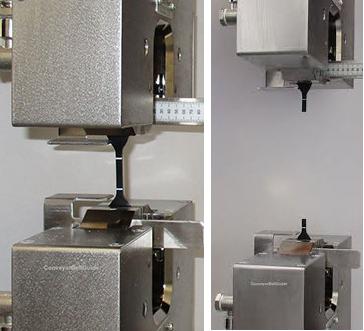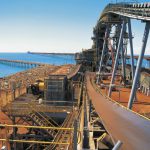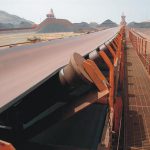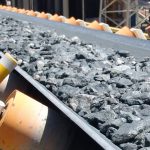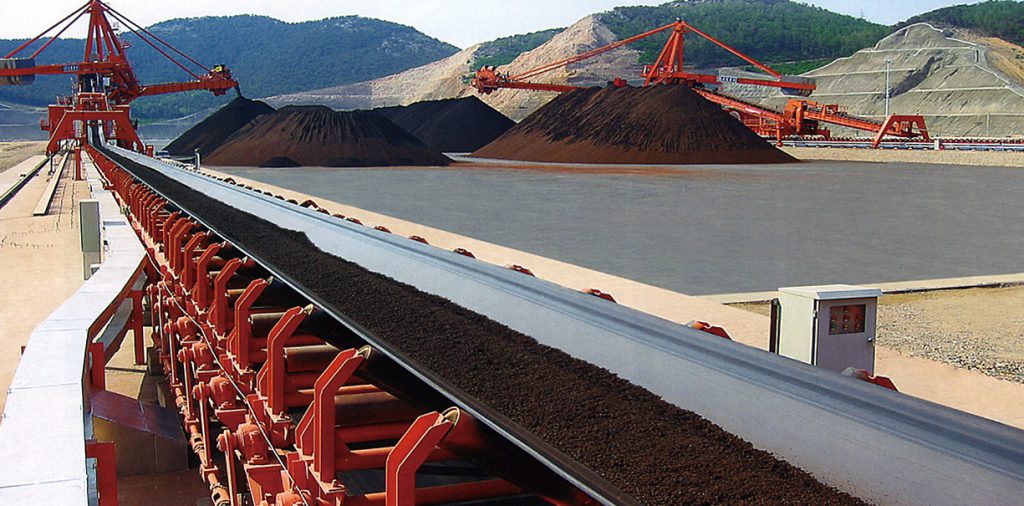Several Standards that Must Be Strictly Followed for Heat-resistant Conveyor Belts
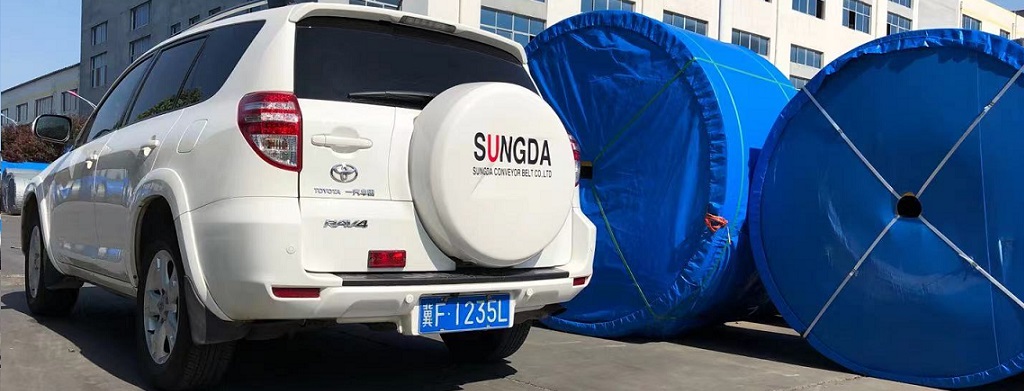
Heat-resistant conveyor belts have a wide range of uses, such as coking plants, cement plants, sintering plants and steel plants, etc. When choosing a conveyor belt, you need to choose according to the actual usage. The conveyor belts of different heat-resistant grades need to correspond to the corresponding The use environment, especially some physical properties of the heat-resistant conveyor belt, need to be strictly followed.
Performance requirements for heat-resistant conveyor belts:
(1) It can be used for a long time at 150℃, and can be used for a short time above 150℃;
(2) Not only has good wear resistance at room temperature, but also has no strain quality at high temperature.
(3) There must be a certain degree of self-adhesion and mutual adhesion with the cushion rubber before vulcanization, and higher adhesive strength after vulcanization.
(4) The hardness and tensile properties meet the requirements.
The heat-resistant conveyor belt is divided into four levels according to the test temperature.
T1: The test temperature does not exceed 100°C
T2: The test temperature does not exceed 125 ℃
T 3: Test temperature does not exceed 150℃
T 4: Test temperature does not exceed 175℃
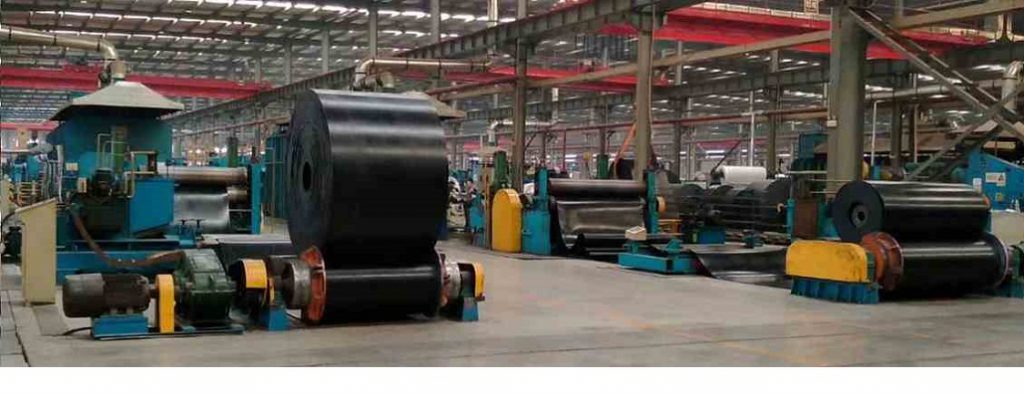
The strength and width specifications of heat-resistant conveyor belts are the same as those of ordinary conveyor belts. Example of conveyor belt marking: 200/ 1200 / 5P/ EP1000 /8+3/ T2 means that the length and width of the heat-resistant conveyor belt are 200 m and 1200 mm,the carcass of the conveyor belt is a five-layer EP fabric. The belt whole tensile strength is 1000N/mm. The thickness of the top and bottom cover are 8 mm and 3 mm respectively. The coating can withstand a test temperature not exceeding 125°C.
The product implements the DIN22102 standard. In order to meet the higher operating temperature, some manufacturers have developed heat-resistant conveyor belts and high-temperature conveyor belts, which can withstand higher temperature levels and combustion performance. In general, flame retardants, heat insulating agents, ablation agents and thermal conductivity agents are added to the laminated compound to improve the high temperature ablation resistance of the conveyor belt.
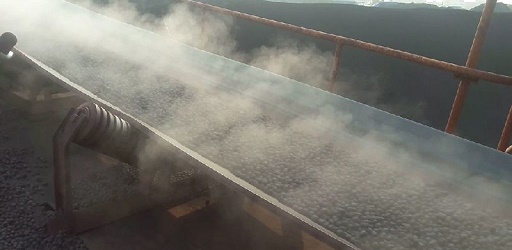
Physical properties of heat-resistant conveyor belt cover rubber:
Hardness: The strength difference between after aging and before aging (IRHD): 20
Hardness: Maximum value after aging IRHD: T1~T3:85, T4:88
Tensile strength: the rate of change is reduced (%<), T1:25, T2:30, T3:30, T4:30
Tensile strength: the lowest value after aging (Mpa): T1:12, T2:10, T3:5, T4:8
Elongation at break: rate of change (%<), T1:50, T2:50, T3:55, T4:45
Elongation at break: the lowest value after aging (%): T1:200, T2:200, T3:180, T4:200
SUNGDA Official Website: https://www.sungdagroup.com

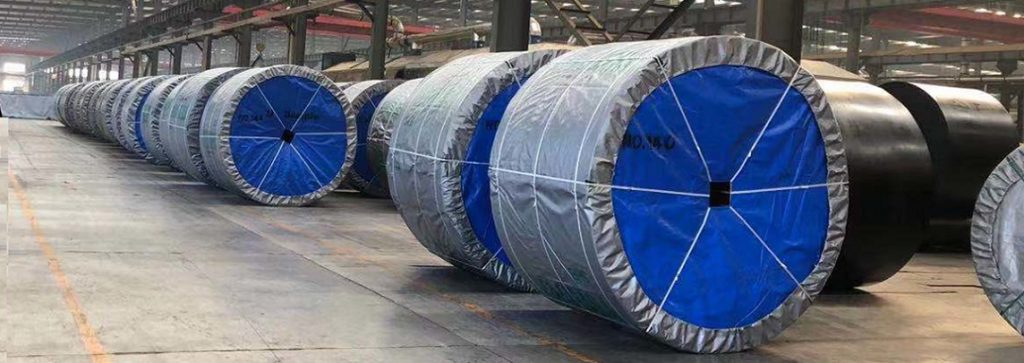
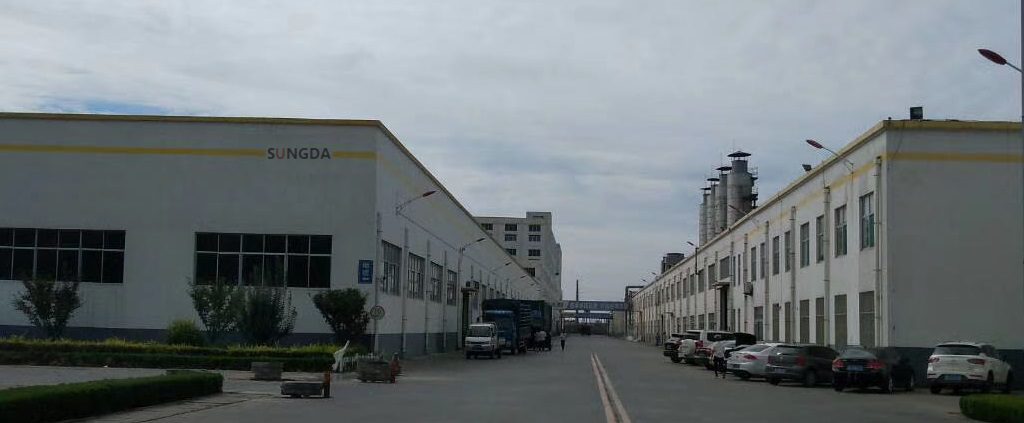
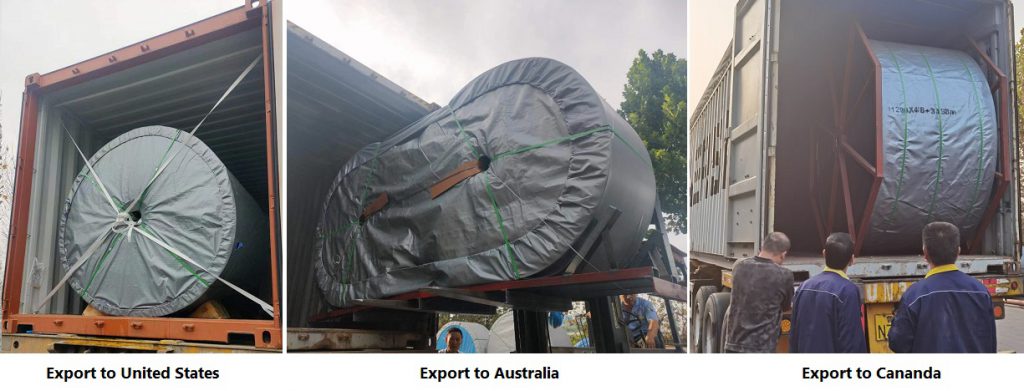

Tags: cement conveyor belt,cement plant,EP conveyor belt,Heat resistant conveyor belt,manufacture

